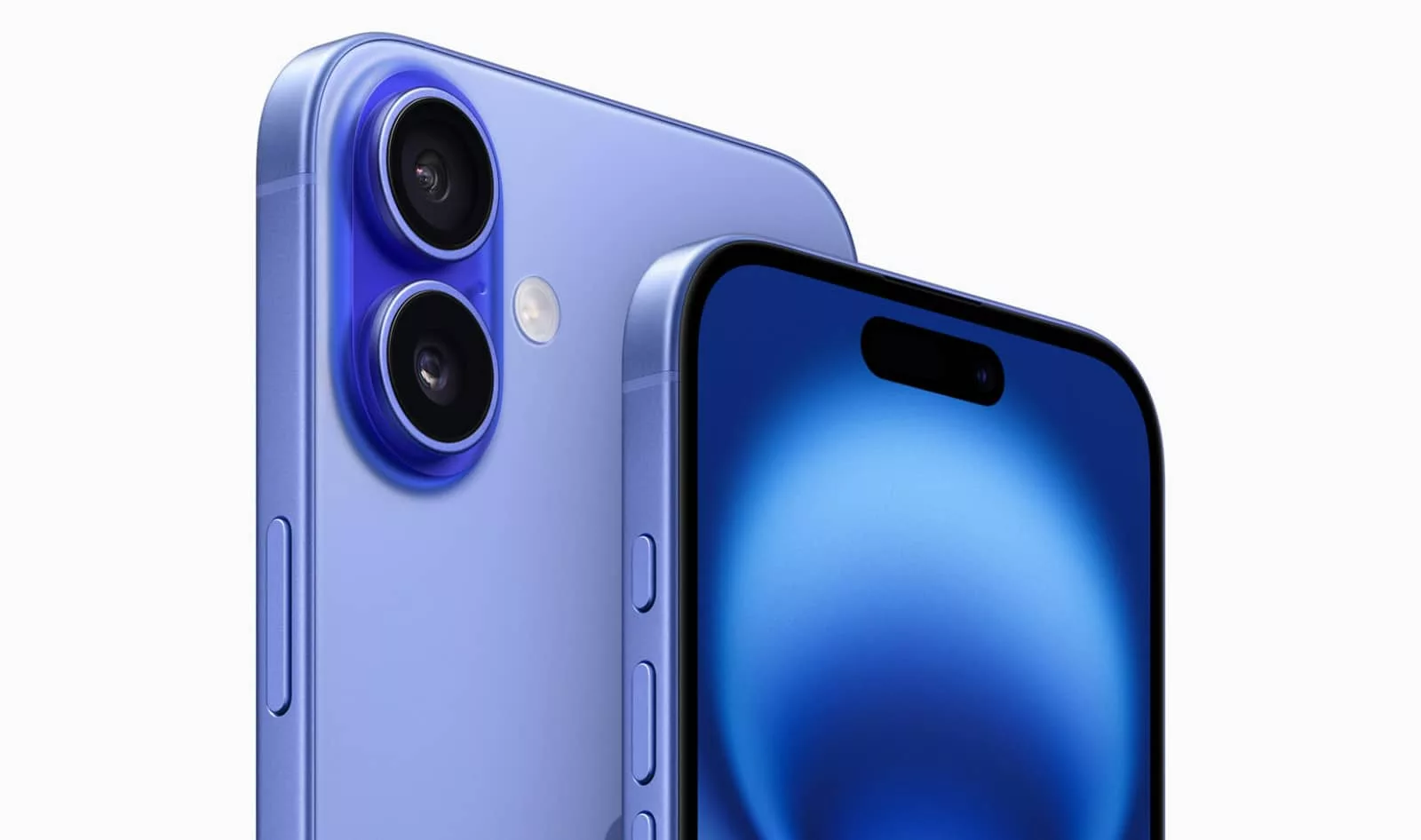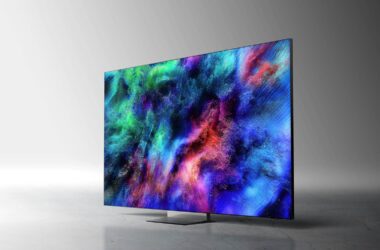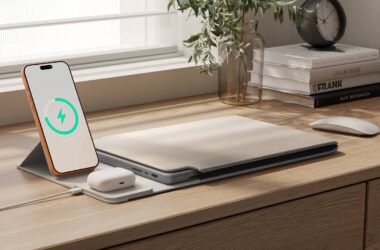It’s new iPhone time, and Apple’s latest models for everyone look like the most compelling yet. What’s new in the iPhone 16?
If you can believe it, there’s been a whole year since the iPhone 15, and you know what that means: it’s time for something new. Apple is ready with exactly that, as the iPhone 16 and 16 Plus are announced, set to provide new phone owners with large screens, better cameras, support for AI, and a new button of sorts.
The iPhone 16 and 16 Plus build on what Apple has built in the previous generations, last year’s regular-sized iPhone 15 and the slightly bigger iPhone 15 Plus, complete with the full screen design and Dynamic Island notification block in the middle. In fact, much of the iPhone template is left the same, though Apple has changed a few things.
There’s a new button

First up is a new button on the side, as the Action button from the 15 Pro and 15 Pro Max joins the entire range of iPhones this year.
This button on the left edge replaces the mute switch, and can be mapped to a variety of features, whether it’s switching on the torch or even just toggling the mute the way the switch did beforehand.
There’s a new camera controller on the side
Next up is a genuinely new button, which is also a slider of sorts.
On the right edge of the phone near the bottom, Apple has added a little button of sorts that combines a capacitive sensor with a high-precision force sensor. This combination of technology provides a button that can be pressed and half-pressed to trigger the camera or focus a shot, much like a camera shutter might on a larger interchangeable lens camera.
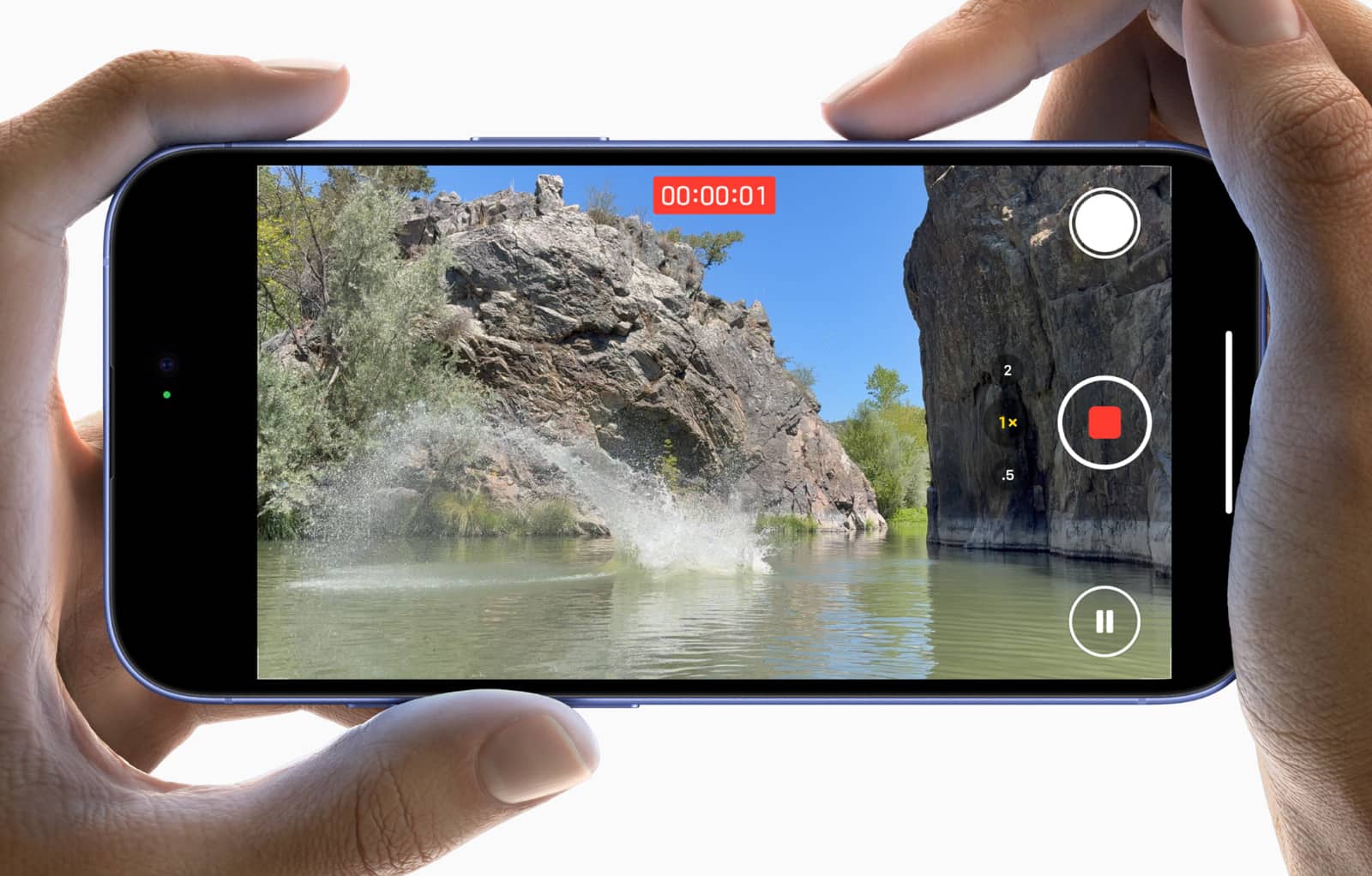
The idea essentially grants more control over still and video cameras on the iPhone, allowing you to quickly control aperture, zoom, exposure control, and more. You’ll slide your finer over the force sensor to control these details and settings, while squeezing the capacitive sensor inside for focus lock and firing the shot.
It’s an interesting change, not least because it means there are now more ways to control the iPhone camera, and could make using the an iPhone for video that much more professional, even in the less pro-version.
More camera grunt
Outside of the button, the camera relies on the 48 megapixel sensor from last time able to let you get a little closer with a 2X mode as the sensor crops down.
Alongside the 48 megapixel main is a new 12 megapixel ultra-wide able to gather twice the light of the previous ultra-wide, and now supporting macro photography, a feature previously reserved for the Pro and Pro Max variants.
Apple has also changed the design slightly, opting for a more iPhone X-inspired approach where the cameras sit on top of one another, a design that will also allow spatial video to be captured for use with the Apple Vision Pro.
There are tweaks in more places, too, such as with Photographic Styles, allowing you to change the colour of images and provide a more film-like approach with ease. Apple did launch Photographic Styles a few generations ago, but they were essentially locked to specific colours. Now with the latest generation, you’ll be able to make tweaks and changes, applying adjustments to images quickly and easily.
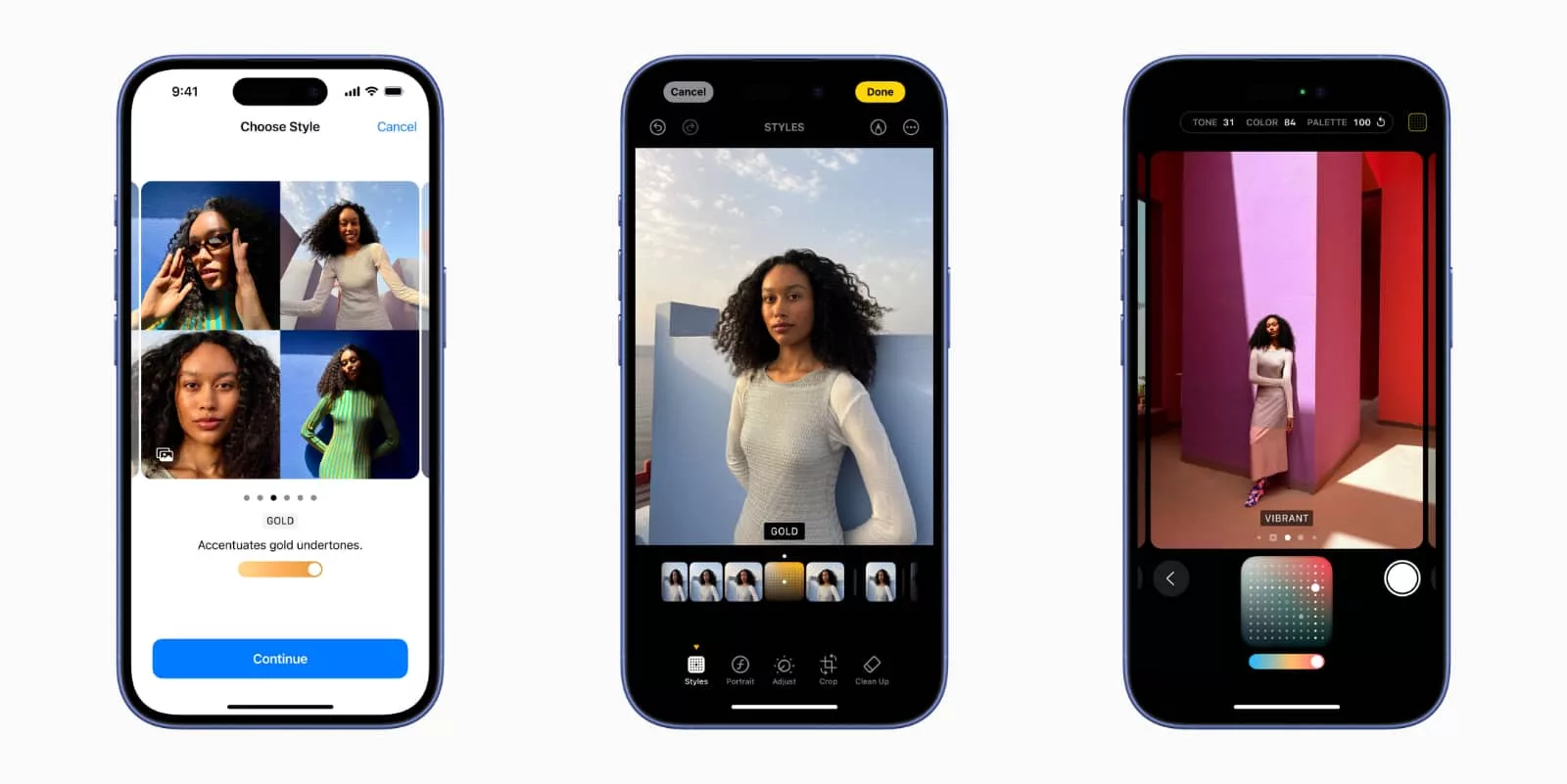
The specs have improved
It’s not just a new camera system, either. The new phone also sees new specs, with a new chip on-board.
Regardless of whether you opt fort the 6.1 inch iPhone 16 or the 6.7 inch iPhone 16 Plus, you’ll find Apple’s A18, a 3 nanometer chip made for improvements in just about every place. It’s faster than previous models in the standard iPhone range, includes a more meaty graphics processor for games, and even offers more neural capabilities, handy for AI.
Mobile will see 5G on-board, and there’s also support for Bluetooth, WiFi, GPS, Apple Pay, with Emergency SOS satellite capability, as well. Oh, and wireless charging is supported over Qi2 and MagSafe, while wired charging is over the USB-C connection at the bottom.
It all comes in a body Apple says is stronger, thanks in part to improvements in its Cermaic Shield, delivering a brighter colour to the casing and a water resistant design.
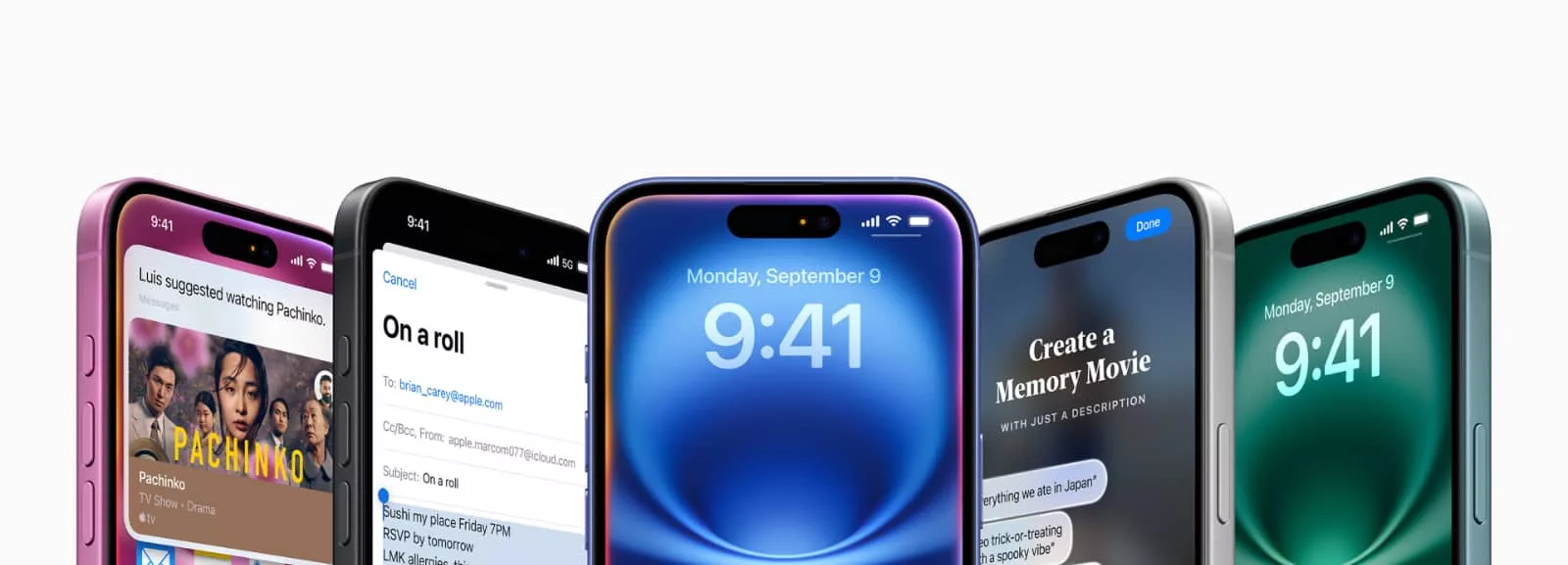
And there’s AI, too
And of course, just like every other major phone in 2024, there’s a dose of AI in the handset, something last year’s 15 and 15 Plus won’t be getting, but this year’s 16 and 16 Plus will.
Thanks in part to those spec jumps, the iPhone 16 and 16 Plus support Apple Intelligence, a feature that you could shorten to “AI”, but one that Apple does not.
The features include the ability to transcribe audio quickly in the Notes app, while also being able to rewrite text all too easily and automatically in messages and emails. Apple Intelligence will also get to know your apps and information over time, making it possible for Siri to say more than “uh huh”, so it eventually understands some of the information in apps you’re using.
There are other features, too, such as the ability to create emoji inside the phone, to create images from noting, and to summarise emails quickly, too.
Apple is talking up privacy features with Apple Intelligence, too, splitting the processing of AI-connected data between the phone and servers, but locking the information down so that it is entirely private.
Expected in the US first, Australia will see Apple Intelligence over time, possibly past the release date.
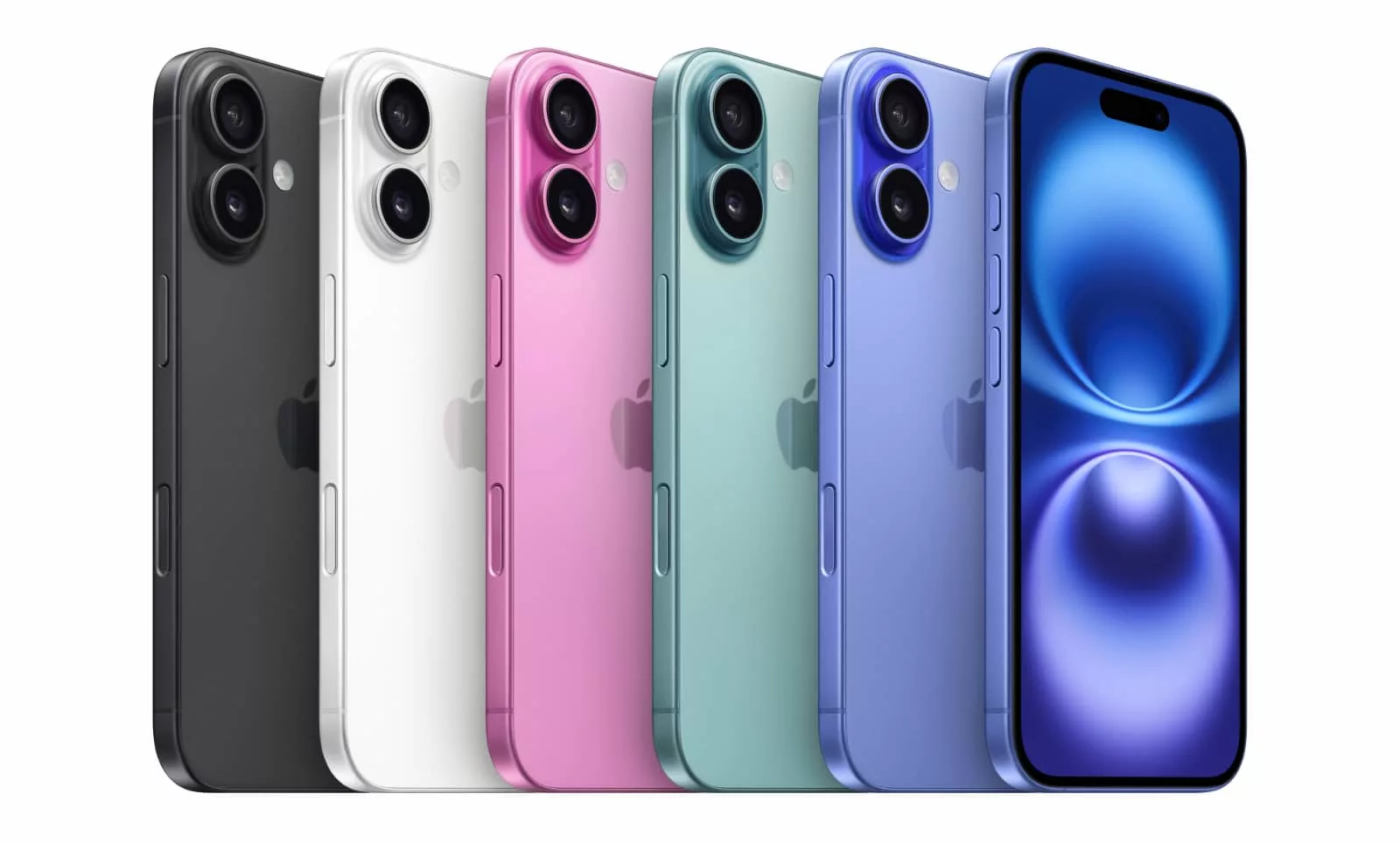
Australian availability and pricing
In terms of when you can expect the iPhone 16 and 16 Plus, like the new AirPods 4 they were announced alongside, September 20 is when Australians can expect to see both new models.
They’ll start at $1399 for the 6.1 inch 128GB iPhone 16, while the 6.7 inch 128GB iPhone 16 Plus will start for $200 more at $1599.


